Decimal odds conversion to percentage Decimal odds are a simple reflection of the return you will receive for each single unit placed In other words, odds of 165 means that for every 100 you place on a particular outcome, you will receive a profit of 065 should that outcome prevailThis calculator will convert "odds of winning" for an event into a probability percentage chance of success Odds, are given as (chances for success) (chances against success) or vice versa If odds are stated as an A to B chance of winning then the probability of winning is given as P W = A / (A B) while the probability of losing is given as P L = B / (A B)The odds ratio is a way of comparing whether the odds of a certain outcome is the same for two different groups (9) The odds ratio is simply the ratio between the following two ratios The ratio between standard treatment and the new drug for those who died, and the ratio between standard treatment and the new drug for those who survived

Poker Maths Probabilities Outs Ev Implied Pot Odds
Odds versus percentage
Odds versus percentage-Här kan du räkna ut odds till procent eller procent till odds!Odds range from 0 to infinity, while probabilities range from 0 to 1, and hence are often represented as a percentage between 0% and 100% reversing the ratio switches odds for with odds against, and similarly probability of success with probability of failure




Betting Odds How Betting Odds Work Different Formats
Probabilities are usually given as percentages ie 50% probability that a coin will land on HEADS Odds can have any value from zero to infinity and they represent a ratio of desired outcomes versus the field Odds are a ratio, and can be given in two different ways 'odds in favor' and 'odds against'Poker Percentage Odds Chart Odds Charts Ratio Chart Percentage Chart Conversion Chart This percentage poker odds chart highlights the percentage chance of completing your draw based on the number of outs you have at different points in a hand The odds of completing your draw have been rounded to 1 decimal place in this percentage chart Look below the table forOdds correlate to the probability of a team winning, which is the implied probability A 140 favorite has about a 54% chance of winning, while a 1 underdog has a 4545% chance Did you notice those percentages add up to more than 100%?
Odds are influenced by more than the factors actually relevant to the outcome of the event Your sportsbook may manipulate the odds to incentivize bets on a certain side, and the sum of the probabilities for a single event will always surpass 100 percent because the sportsbook takes a cut that is baked directly into the oddsThat's because of the vig, which is a sportsbook's cut for facilitating your bet To calculate implied probability, use the followingNormally the odds are 3 to 2 and you would win $3 for every $2 wagered It's a small percentage but it's the most desirable hand to get The lowest hand you can get is two points (two aces) This is part of the decision hands group where players are usually dealt soft hands and can make decisions without going bust
If the probability of an event occurring is Y, then the probability of the event not occurring is 1Y (Example If the probability of an event is 080 (80%), then the probability that the event will not occur is 1080 = 0, or % The odds of an event represent the ratio of the (probability that the event will occur) / (probability that theCause of Death Odds of Dying;Sometimes, we see the log odds ratio instead of the odds ratio The log OR comparing women to men is log(144) = 036 The log OR comparing men to women is log(069) = 036 log OR > 0 increased risk log OR = 0 no difference in risk log OR < 0 decreased risk Odds Ratio 0 5 10 15 More on the Odds Ratio Log Odds Ratio4 2 0 2 4
:max_bytes(150000):strip_icc()/GettyImages-200332274-001-7900f08f9dcb4deb92baedbd6c134584.jpg)



The Math Behind Betting Odds Gambling




Against All Odds What Are Your Chances Of Getting Hiv In These Scenarios Poz
The probability of drawing a red card from a standard deck of cards is 26/52 (50 percent) The probability of drawing a club from that deck is 13/52 (25 percent) And so on The odds for an event is the ratio of the number of ways the event can occur to the number of ways it does not occur For example, using the same events as above, the odds forOdds ratios and logistic regression When a logistic regression is calculated, the regression coefficient (b1) is the estimated increase in the log odds of the outcome per unit increase in the value of the exposure In other words, the exponential function of the regression coefficient (e b1) is the odds ratio associated with a oneunit increase in the exposureDecimal odds are fractional odds are the most popular odds formats in the world, at least outside North America Fortunately learning how to convert decimal odds to fractions is easy If your decimal odds are a round number, such as 70, then we simply subtract 1 from the decimal odds and apply a denominator of 1




Ex 99 1
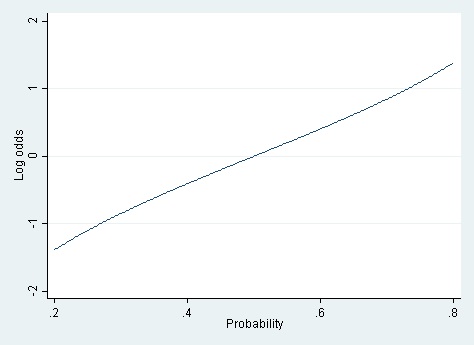



Linear Vs Logistic Probability Models Which Is Better And When Statistical Horizons
Since we have the pot odds as a ratio, we then need to make that percentage a ratio to compare the two Your equity ratio is then 6436 (64 times you don't make your hand; Below is our newly developed Texas Holdem Odds Calculator – which does more than just compare your hand against another hand, but can compare your hand against a RANGE of Holdem hands We always put our opponent on a range of poker hands, and with our Texas Holdem Odds Calculator, we can calculate the odds of us winning against that entire range While odds are expressed in the ratio, the probability is either written in percentage form or decimal Odds usually ranges from zero to infinity, wherein zero defines impossibility of occurrence of an event, and infinity denotes the possibility of occurrence




Betting Fundamentals Understanding Probability Punting Stars



1
Genom att använda informationen nedan kan du direkt räkna ut ett odds till procent eller en procentsats till odds Du kan dels använda tabellen nedan för att snabbt kunna omvandla ett odds till procent eller tvärtomOdds Ratios and Log(Odds Ratios) are like RSquared they describe a relationship between two things And just like RSquared, you need to determine if thisPercent, population attributable risk percent, relative risk, odds, odds ratio, and others The concept and method of calculation are explained for each of these in simple terms and with the help of examples The interpretation of each is presented in plain English rather than in technical language Clinically useful notes are provided,




What Is An Odds Ratio And How Do I Interpret It Critical Appraisal




Minimum Defense Frequency Vs Pot Odds In Poker
Odds are derived from a probability as follows (Boston University) If the probability of an event is 08 (ie an 80% chance), then the odds are 08 / (1 08) = 08 / 02 = 4, or 4 to 1 The following picture clarifies the difference between probability and odds, using an American roulette wheel with 18 black spaces, 18 red spaces, and 2Heart disease 1 in 6 Cancer 1 in 7 All preventable causes of death 1 in 24 Chronic lower respiratory disease 1 in 27 Suicide 1 in Opioid overdose 1 in 92 Fall 1 in 106 Motorvehicle crash 1 in 107 Gun assault 1 in 2 Pedestrian incident 1 in 543 Motorcyclist 1 in 9 DrowningAs with a spread, a negative value means a favorite (150) and a positive value indicates an underdog (130) For example, if you bet on the favorite at 180, you'd risk $180 to win $100 If you bet on the 160 underdog, you'd risk $100 and win $160 if the underdog wins straight up




Odds Ratio For Percentage Of Patients Achieving Glycaemic Goal Of Hba1c Download Scientific Diagram




Odds Wikipedia
The IFR then grows substantially and becomes quite scary for people in their 70s and older People in the 7579 age group have more than a 3% chance of dying if infected with coronavirus, while people aged 80 and over have more than an 8% chance of dying That's roughly the same chance as rolling a four with two dice Third, the virus discriminatesThe OR for death in ligation group versus sclerotherapy group = 39/81 = 048 This means that the odds of death after ligation is 48% of the odds of death after sclerotherapy, or that ligation decreases the odds of death by 52% as compared with sclerotherapyA terminology problem odds ratio versus odds Author William Gould, StataCorp James Hardin, StataCorp Unfortunately, the language used to describe statistical terms is not used uniformly across fields One example of this is odds and odds ratio Economists especially refer to what others call the odds as the odds ratio




Odds Ratio Calculator Calculate Odds Ratio Confidence Intervals P Values For Odds Ratios
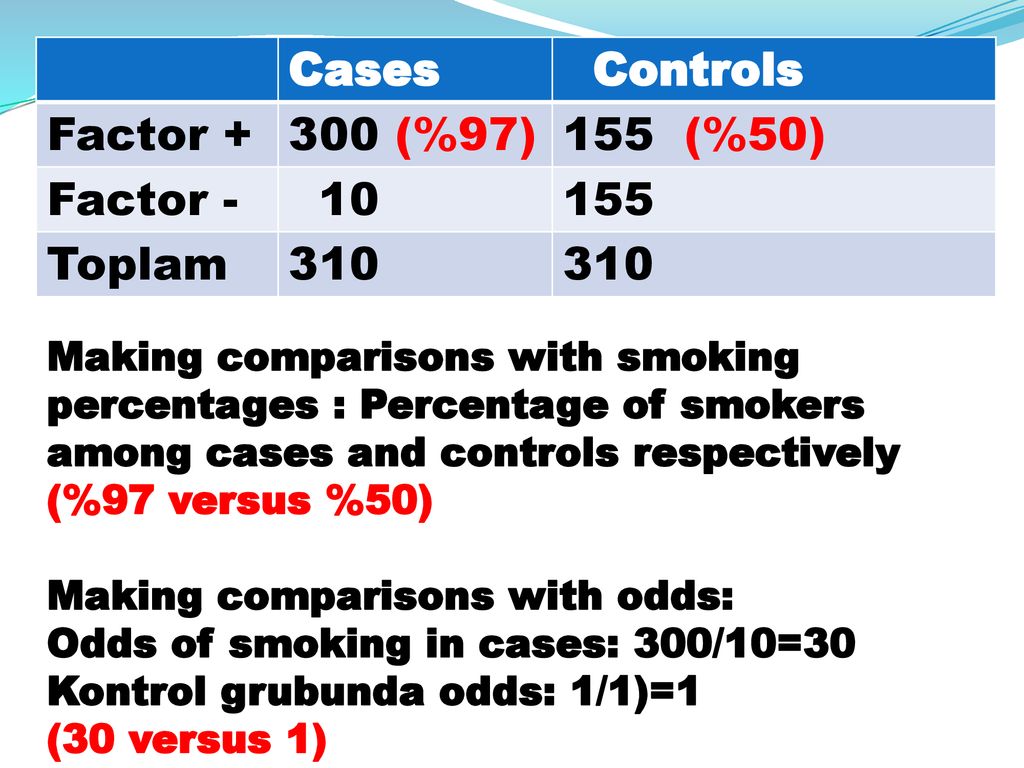



Relative Risk And Odds Ratio R Erol Sezer Ppt Download
This page posts both probability (percentage) and odds () Convert Odds to Percentage Odds are always with a 11 21 31 Percentage / fraction 33% = 1/3 50% = 1/2 percentage = 100 / (odds 1) odds = (100 / percentage) 1 fraction = 1 / (odds 1) odd = 1 / fraction 1 the chance of pocket aces is 1/221 = 21 33% = 1/3 = 41 50% = 1/4 = 31Odds of two hands versus each other preflop (approximated) Situation Hands Odds Percent Higher pair vs lower pair Js Jc vs 7h 7d 4091 803% vs 197% Pair vs two higher cardsHow to find probability and odds and the difference between the two We also discuss experimental probablility, theoretical probability, odds in favor, and




What Is An Odds Ratio And How Do I Interpret It Critical Appraisal




Betting Odds How Betting Odds Work Different Formats
$\begingroup$ What you want is the fractional odds = Odds1, ie 2231, multiplied by 100 to be expressed as a percentage increase 123% It would then be interpreted "for a one unit increase in GPA, the chances of being admitted to graduate school increase by 123%" $\endgroup$Probability Probability is an estimate of the chance of winning divided by the total number of chances available Probability is an ordinary fraction (eg, 1/4) that can also be expressed as a percentage (eg, 25%) or as a proportion between 0 and 1 (eg, p = 025)Lifetime odds of death for selected causes, United States, 19;




What We Re Watching In The Nhl S Playoff Races Fivethirtyeight




How To Calculate Odds 11 Steps With Pictures Wikihow
Public Betting & Money Percentages REST OF US New Jersey Pennsylvania Indiana West Virginia Colorado Illinois Tennessee Michigan Iowa Virginia Arizona Wyoming Sched When the Odds ratio is above 1 and below 2, the likelihood of having the event is represented as XX % higher odds (where XX % is Odds ratio 1) That means that if odds ratio is 124, the likelihood of having the outcome is 24% higher (124 – 1 = 024 ie 24%) than the comparison groupThe amount above 100%, the extra 476%, represents the bookmaker's "overround," which is the bookmaker's potential profit if the bookie accepts the bets in the right proportion If you bet on




Essential Gambler S Excel Formulas Dummies



Poker Math And Probability Pokerology Com
3/2 means a 40% chance, 2/3 works out With a 3/4 pot bet, you have 73 pot odds and need 30% equity to call With a pot sized bet, you get 21 pot odds and need 33% equity to call With a 2x pot bet, it's 32 pot odds and you need 40% equity to call So, say your opponent has a hand lesser than a flush, like two pair They bet the pot size on the flop, you may elect to callMade hands versus draws A typical feature in an Omaha Hi game is a set against a hand with several drawing possibilities The made hand will not be a very big favorite (sometimes it is an underdog), so the recommended strategy is to play fast and bet/raise the pot in these situations




Poker Odds For Dummies 1 Beginner S Guide To Poker Odds




Odds Of Nba Team Winning Versus Score Difference At Half Time Dataisbeautiful
Fractional odds can easily be translated to probability percentages As such, a race with 1/1 odds would signify that for every failure, there would be one success, giving you a 50% probability A 2/1 fraction suggests that for every 2 failures, there's one chance of success, giving you a 33% probability; Odds versus percentage Odds versus percentageLabs(title ="probability versus odds") 000 025 050 075 100 0 50 100 150 odds p probability versus odds Finally, this is the plot that I think you'llfind most useful because inlogistic regression yourregressionWin % – Percentage of wins required to show a profit at a given money line For exampleRushing Play Percentage Rushing Touchdown Percentage Rushing First Down Percentage Rushing Yards Percentage Passing Offense Pass Attempts per Game Completions per Game Incompletions per Game Completion Percentage



Definition And Calculation Of Odds Ratio Relative Risk Stomp On Step1




Mood And Sleep Disorders Percentage Of Subjects With Atopic Dermatitis Download Scientific Diagram
36 times you do) If we use the same ratio shortcut from the pot odds section to get the right side equal to 1, the equity ratio is (64/36)1 or 171 The odds is 4 6 in favor of picking a blue The idea of odds comes from gambling Even probability is easy to work mathematically, but harder to apply in gambling That's why we have two different ways to express the concept If we know the odds in favor of an event, the probability is just the odds divided by one plus the odds The probability of not drawing a spade is 1 025 So the odds is 025/075 or 13 (or 033 or 1/3 pronounced 1 to 3 odds) Moving back and forth To go from odds to probability, simply take the numerator/(denominator numerator) In the spades example, the odds of 1/3 is converted by taking 1/13 = 025 and now we are back to probability
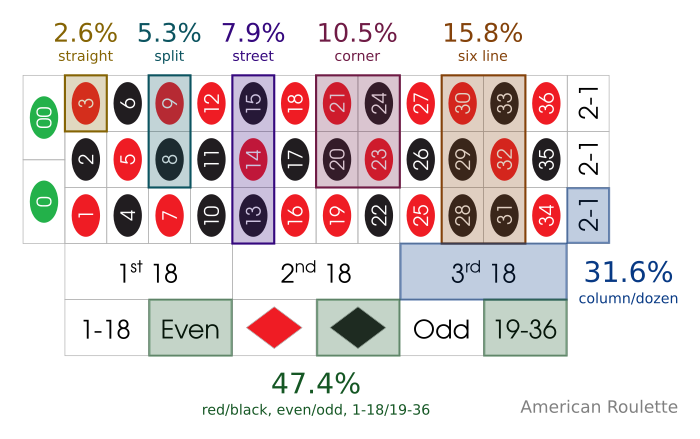



Roulette Probability Charts And Percentages For Different Events




Introduction To Pot Odds How To Calculate Pot Odds In Poker
A fractional listing of 6/1 (sixtoone) odds would mean that you win $6 against every $1 you wager, in addition to receiving your dollar back (ie, the amount you wagered) The odds are 705 to 1 (14%) that no one at the table has an Ace or a King at a 10handed table The odds are 87,7 to 1 (001%) that you will not be dealt an Ace or a pair for 50 hands You will be dealt pocket Aces four consecutive times 1 in 2,385,443,281 times Expressed as a percentage, it will happen % of the timeThe poker odds calculators on CardPlayercom let you run any scenario that you see at the poker table, see your odds and outs, and cover the math of




Odds Ratio Sage Research Methods




Balik2 Konu Bale Paragraf A Stiller 4 From Data For Chegg Com




Buccaneers Vs Washington Spread Odds Line Over Under Prediction And Betting Insights For Nfc Wild Card Game




Introduction To Pot Odds How To Calculate Pot Odds In Poker
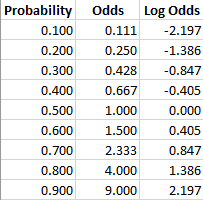



Log Odds Definition And Worked Statistics Problems




Probability Vs Odds What S The Difference Learn It And By Z Ai Towards Data Science




How To Read And Calculate Sports Odds Everything You Need To Know Betting 101




Want To Avoid Divorce Wait To Get Married But Not Too Long Institute For Family Studies




Saints Vs Falcons Betting Odds Predictions Picks November 28 19



Plos One Transthoracic Resection Versus Non Transthoracic Resection For Gastroesophageal Junction Cancer A Meta Analysis




Baccarat Odds Odds Of Banker Vs Player Win
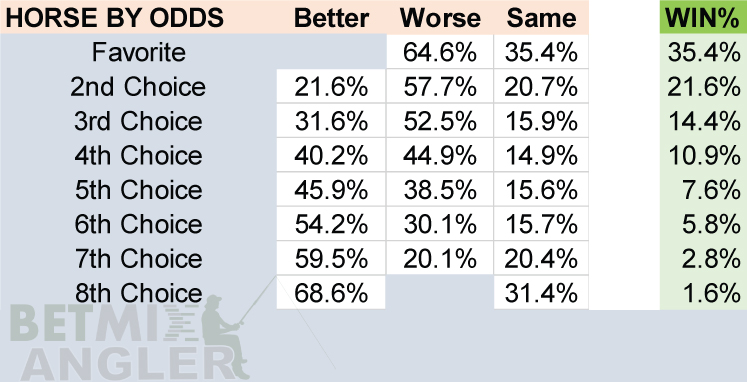



How Often Does The Favorite Win A Horse Race Betmix
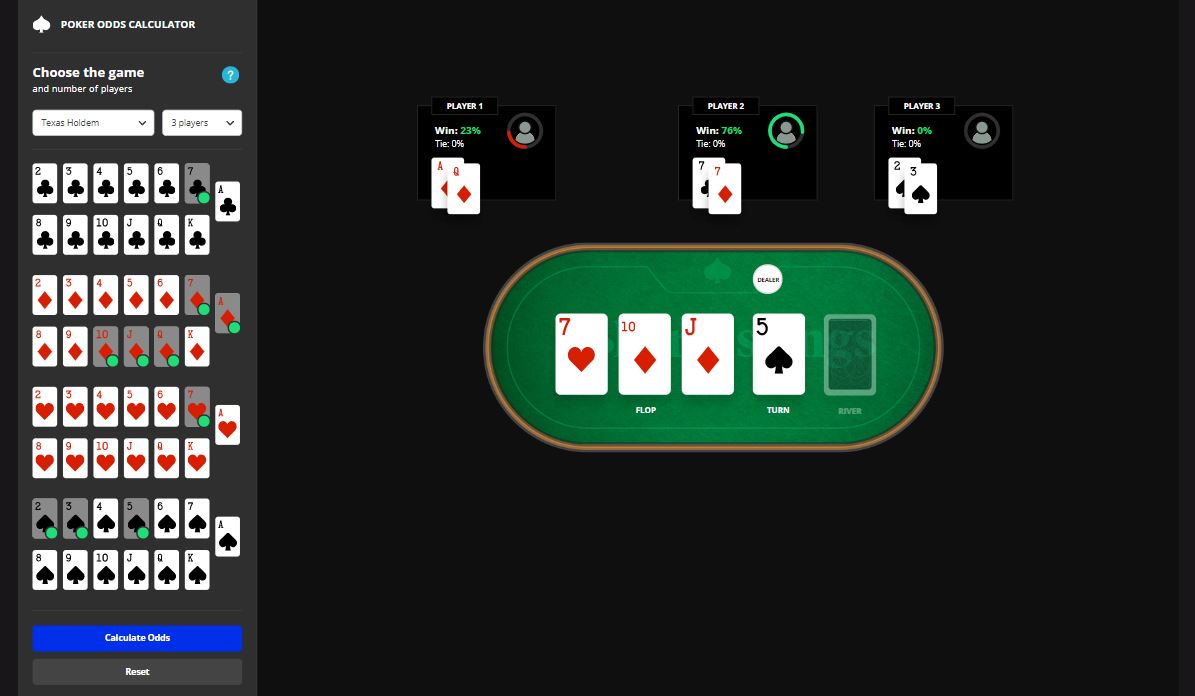



Poker Odds Calculator Odds Of Winning W Any Poker Hand
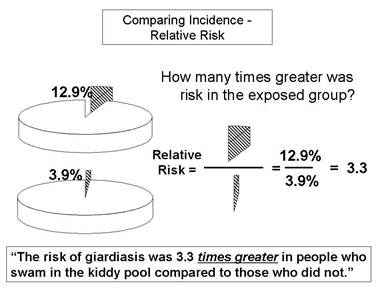



Relative Risk And Absolute Risk Definition And Examples Statistics How To
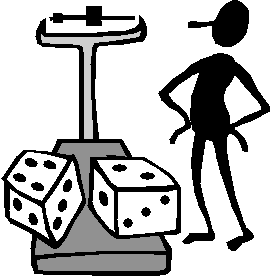



The Difference Between Probability And Odds
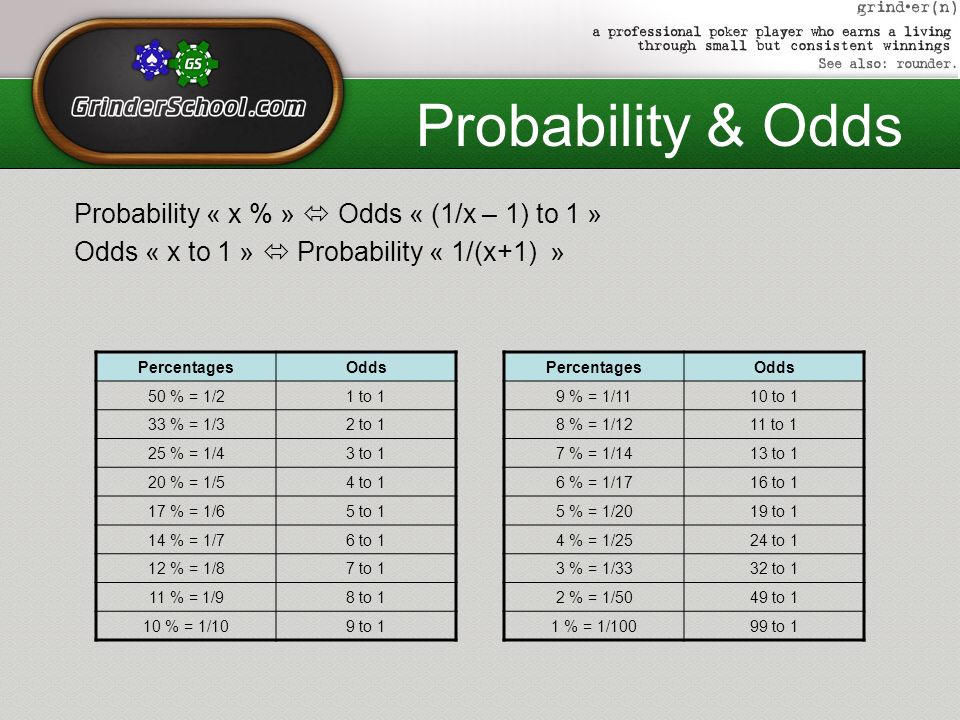



Overview Odds Pot Odds Outs Probability To Hit An Out Ppt Video Online Download



Odds Vs Probability Vs Chance Data Science Central
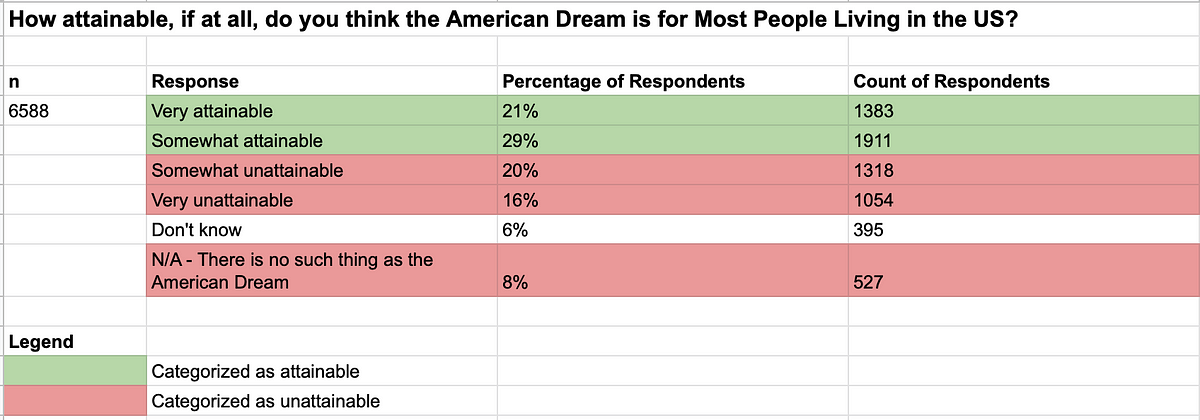



How To Interpret And Calculate X Times More Likely Statistics By Lisa Chen Towards Data Science




Putting Risks Into Context Covid 19 Vaccines And Blood Clots The Bmj
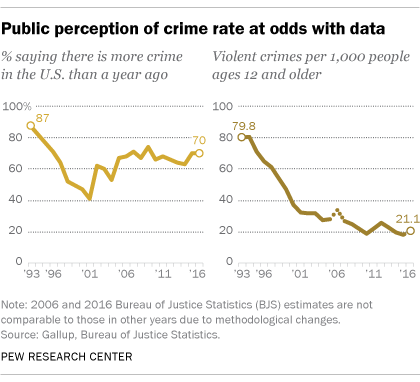



Voters Perceptions Of Crime Continue To Conflict With Reality Pew Research Center
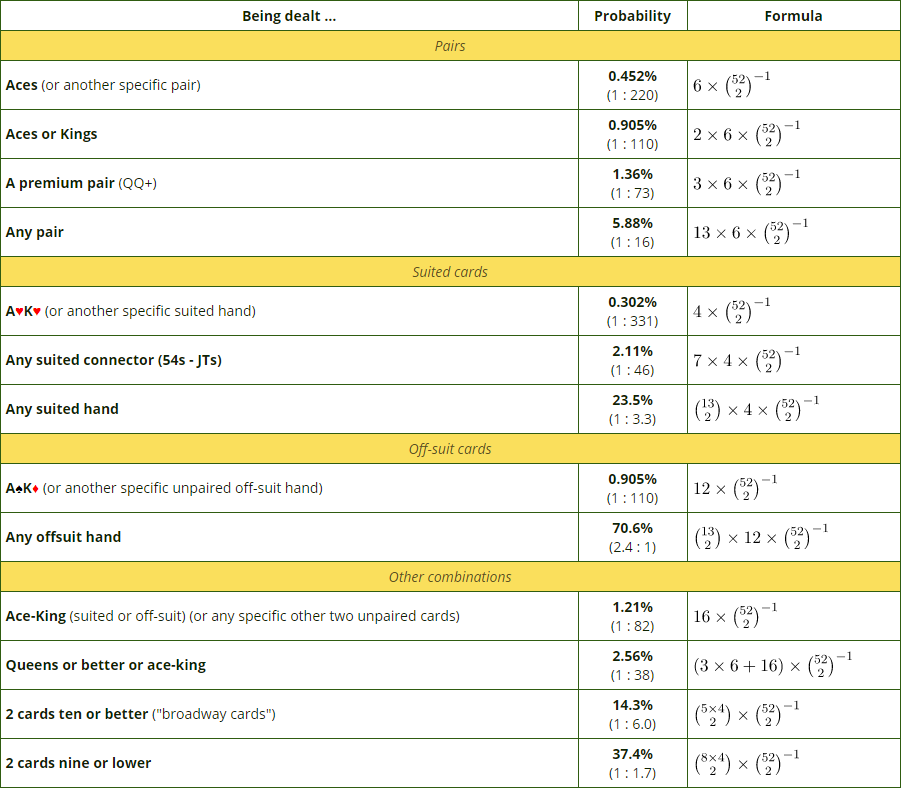



Texas Hold Em Poker Odds Over 100 Poker Probabilities
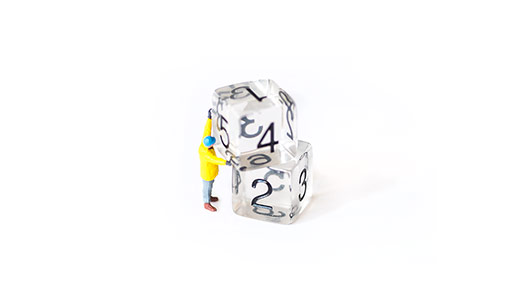



Odds Or Probability Sense About Science Usa




Strategy To Beat The Odds Mckinsey




Poker Maths Probabilities Outs Ev Implied Pot Odds




Definition And Calculation Of Odds Ratio Relative Risk Stomp On Step1
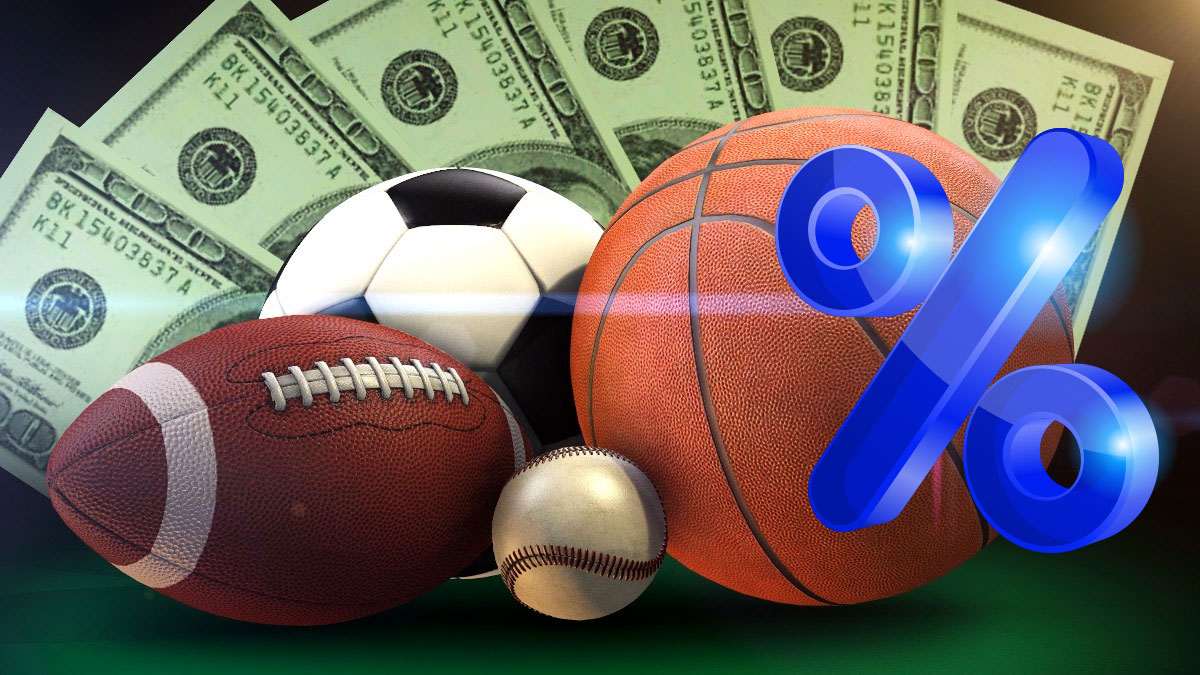



Break Even Sports Betting What Percent Of Games You Need To Win



Risk Ratio Formula
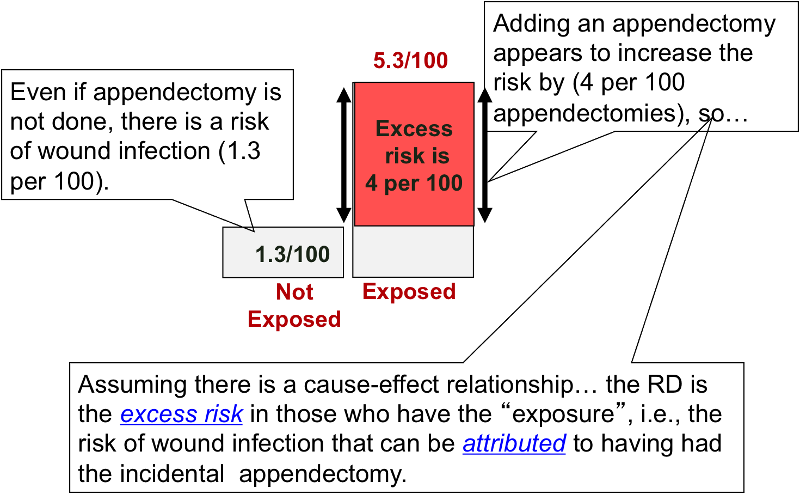



Risk Differences And Rate Differences




Primary Outcome Of In Hospital Mortality Versus Percentage Of Bf Download Table




Men Vs Women Which Gender Is More Likely To Be Fatally Struck By Lightning Accuweather




Problem The Transactional Records Access Chegg Com




Your Chances Of Becoming A Millionaire By Race Age And Education




Sharp College Football Bets Line Moves Public Betting Consensus




Probability Odds And Random Chance Gambling Gaming Technology Use



Prri
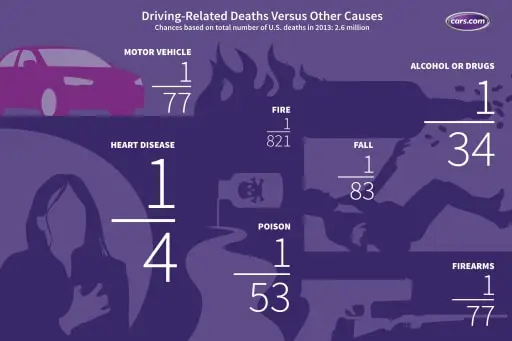



Are The Odds Ever In Your Favor Car Crashes Versus Other Fatalities News Cars Com



Ctspedia Ctspedia Oddsterm
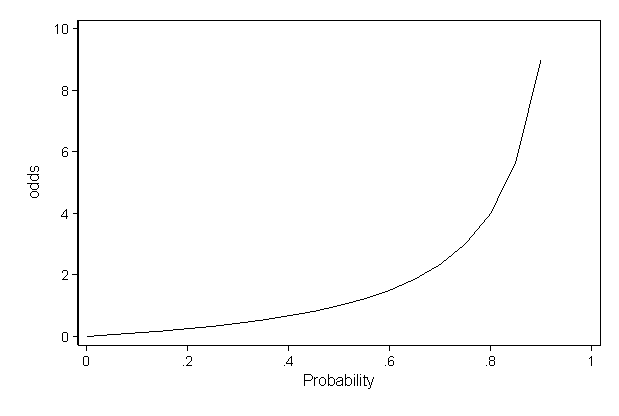



Faq How Do I Interpret Odds Ratios In Logistic Regression



Poker And Pot Odds Pokerology Com




How To Calculate Odds 11 Steps With Pictures Wikihow
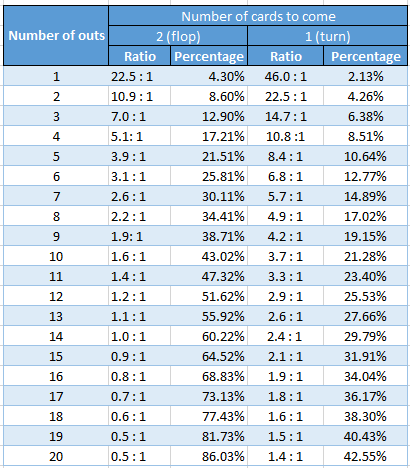



Pot Odds Implied Odds Poker 101 Howtoplaypokerinfo




The Odds Numbers How Craps Works Howstuffworks




The Difference Between Relative Risk And Odds Ratios The Analysis Factor




How To Read And Calculate Sports Odds Everything You Need To Know Betting 101



Plos One Twice Daily Versus Once Daily Lisinopril And Losartan For Hypertension Real World Effectiveness And Safety




Pot Odds How To Calculate Pokerstars School
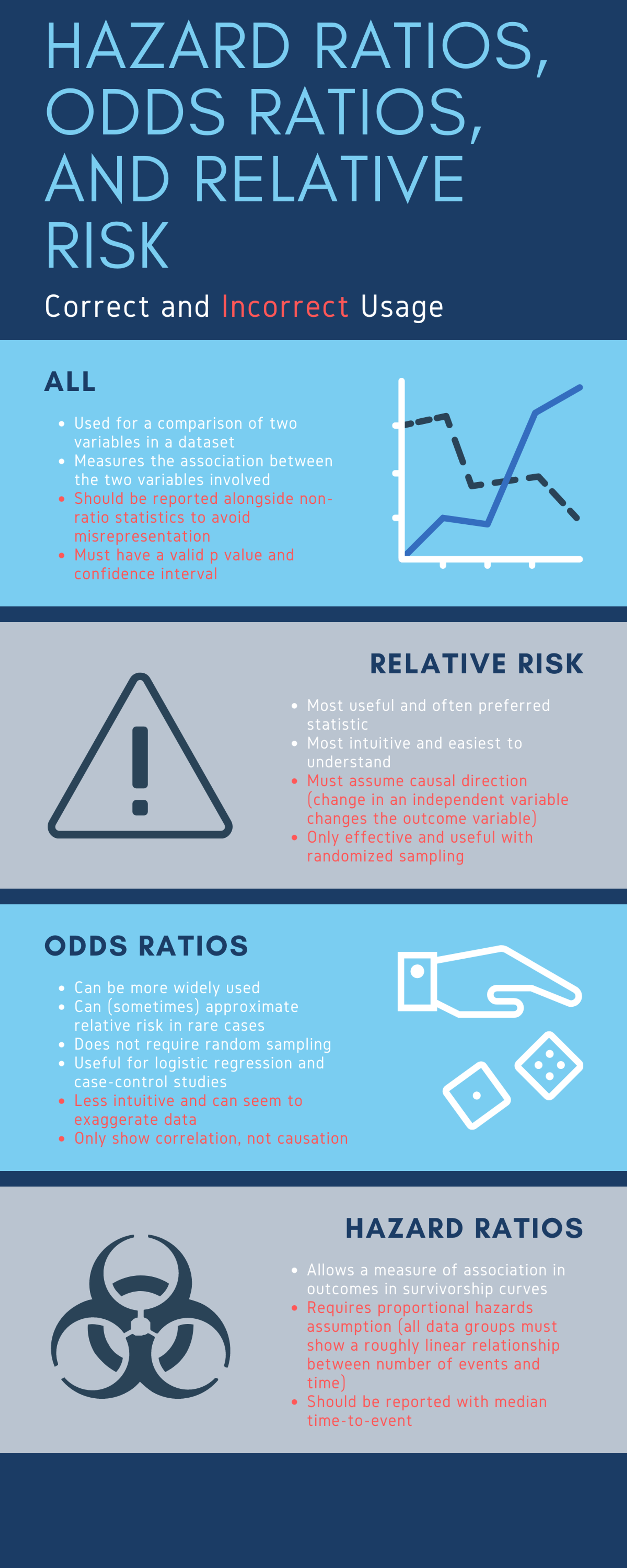



Cureus What S The Risk Differentiating Risk Ratios Odds Ratios And Hazard Ratios




Chapter 6 Choosing Effect Measures And Computing Estimates Of Effect Cochrane Training




Sage Books Statistics With Confidence
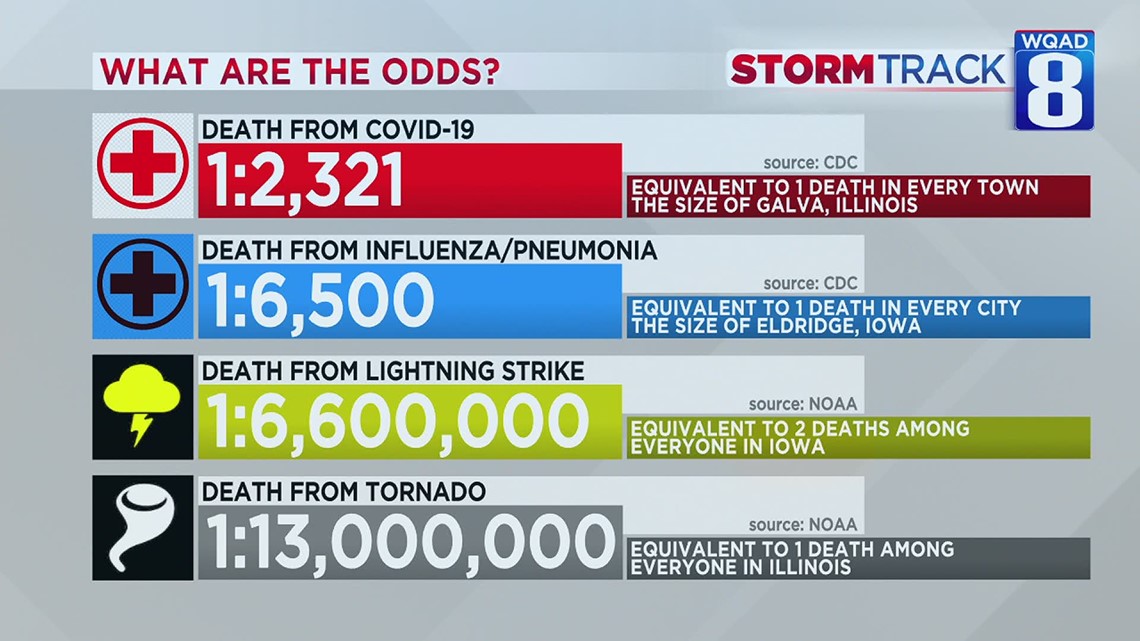



What Are The Odds Of Dying From Covid 19 Vs Lightning Wqad Com




Implied Probability Betting Math Made Simple 21 Update




Jcm Free Full Text Psoriasis And Psoriatic Arthritis Cardiovascular Disease Endotypes Identified By Red Blood Cell Distribution Width And Mean Platelet Volume Html



1




Statistics 12 Probability Vs Odds Stats Seandolinar Com
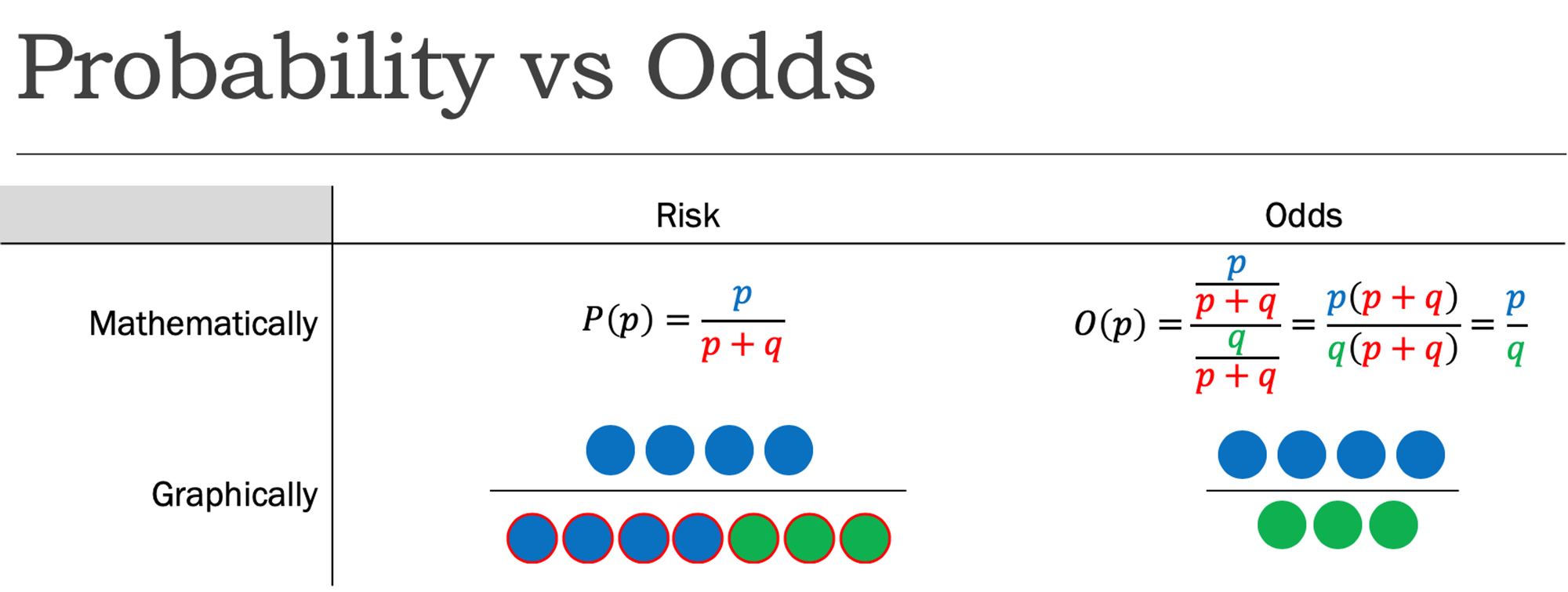



Cureus What S The Risk Differentiating Risk Ratios Odds Ratios And Hazard Ratios
:max_bytes(150000):strip_icc()/dotdash_Final_The_Math_Behind_Betting_Odds_and_Gambling_Nov_2020-01-735accb453c8424b9e063c2c14e4edf4.jpg)



The Math Behind Betting Odds Gambling




Bracketvoodoo
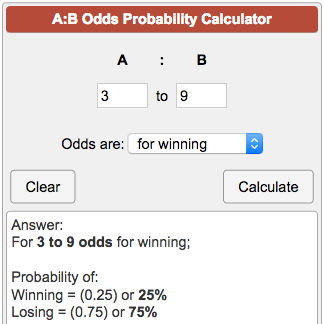



Odds Probability Calculator




Calculating The Odds Of An Event Mathematics For The Liberal Arts



Odds Vs Probability Vs Chance Data Science Central




How To Interpret And Use A Relative Risk And An Odds Ratio Youtube
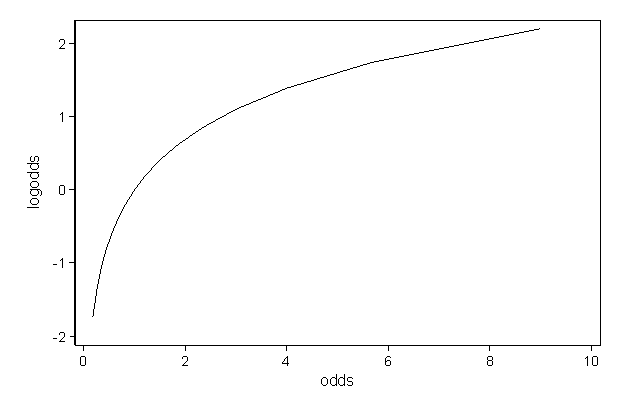



Faq How Do I Interpret Odds Ratios In Logistic Regression
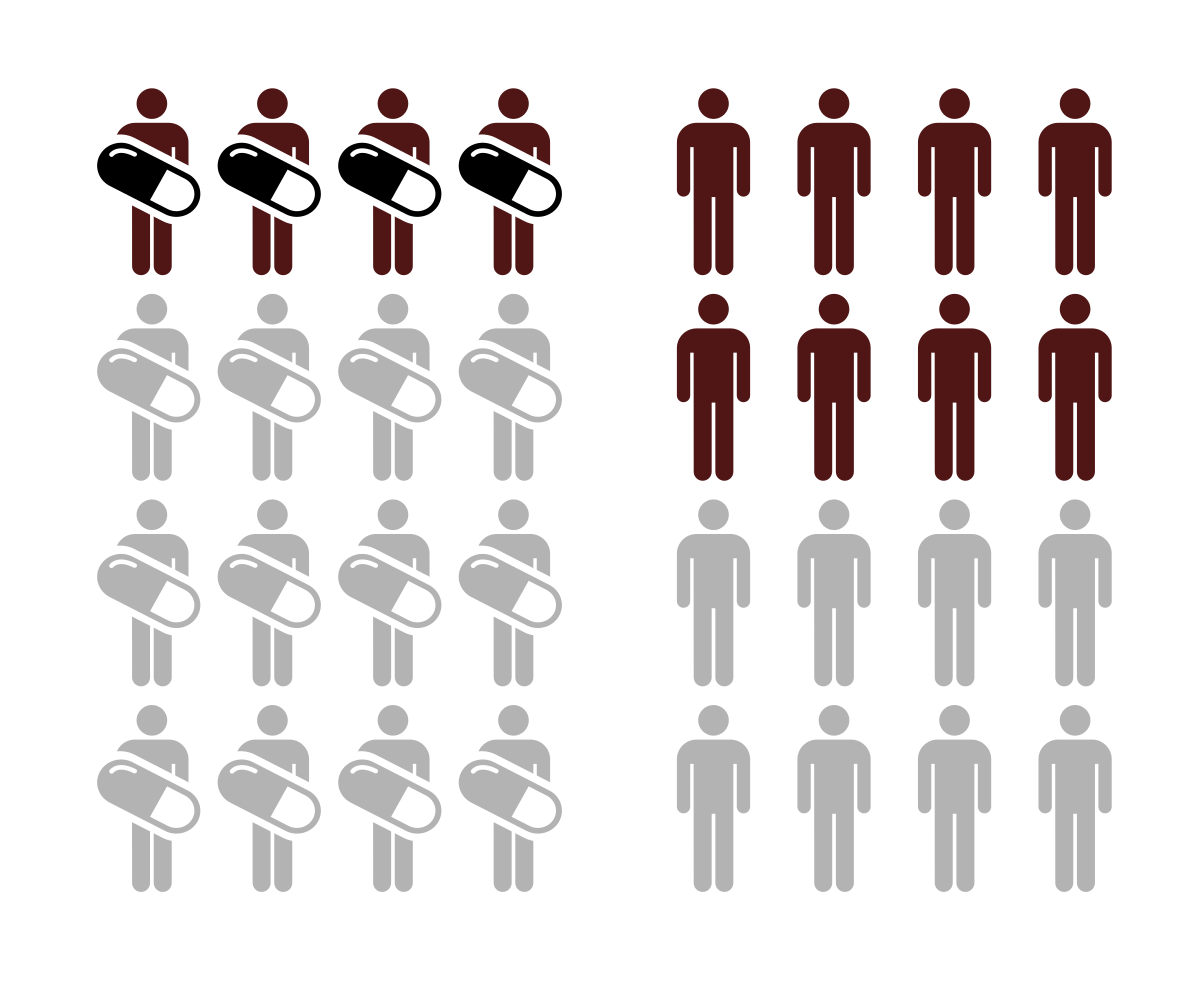



Relative Risk Wikipedia




Betting Odds Explained How Are Football Odds Calculated




Women And Men In Stem Often At Odds Over Workplace Equity Pew Research Center




There S An 85 Percent Chance The Cubs Won T Win The World Series Next Year Either Fivethirtyeight
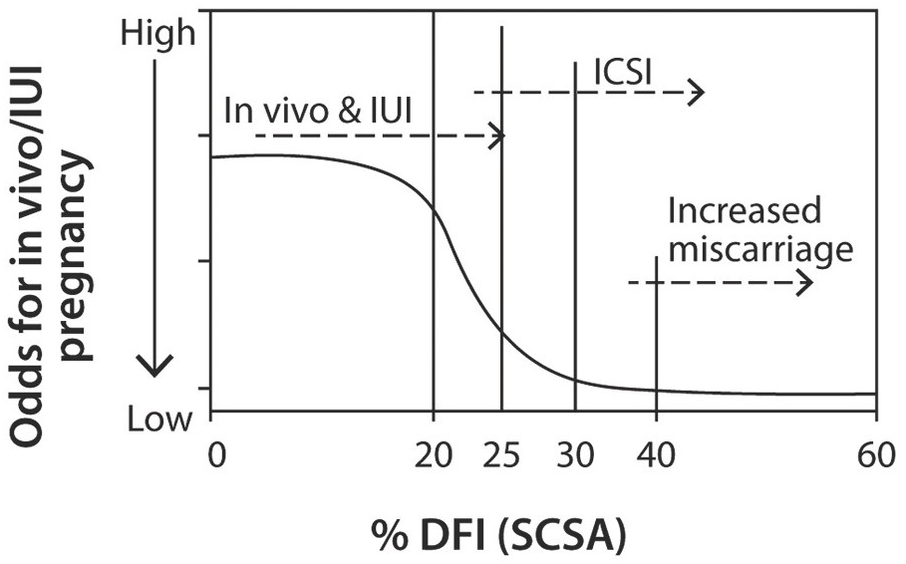



Dna Damage Sperm Chromatin Structure Assay Chapter Manual Of Sperm Function Testing In Human Assisted Reproduction



1




Brazil Vs Argentina Football Predictions And Betting Odds Brazil To Win Crowdwisdom360
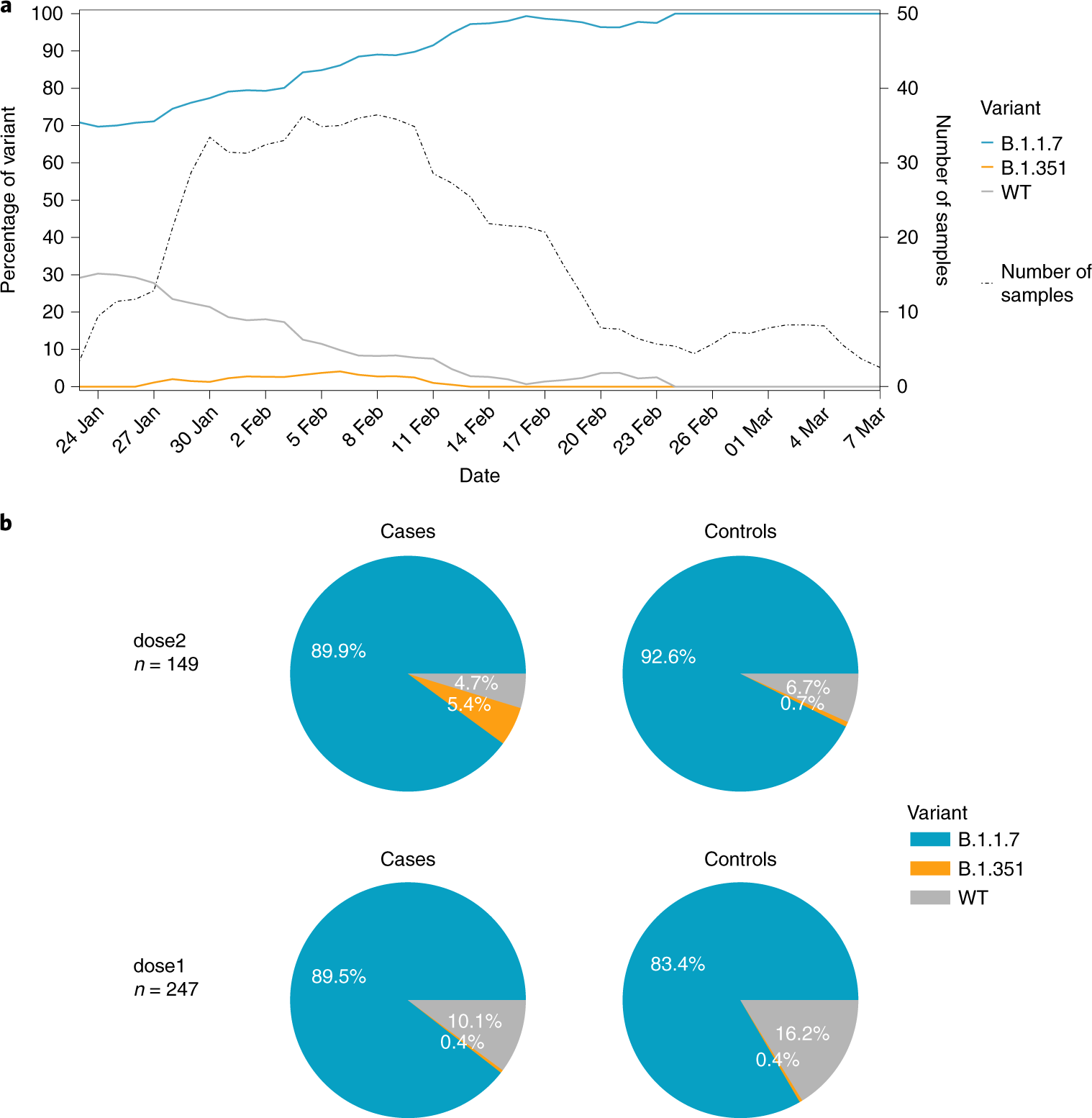



Evidence For Increased Breakthrough Rates Of Sars Cov 2 Variants Of Concern In Bnt162b2 Mrna Vaccinated Individuals Nature Medicine




Expected Wins How Teams Fared Versus Their Odds Dontfoul
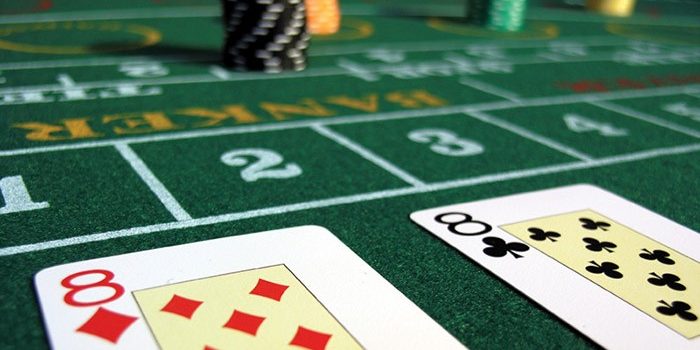



Best Table Game Odds Baccarat Craps Or Blackjack
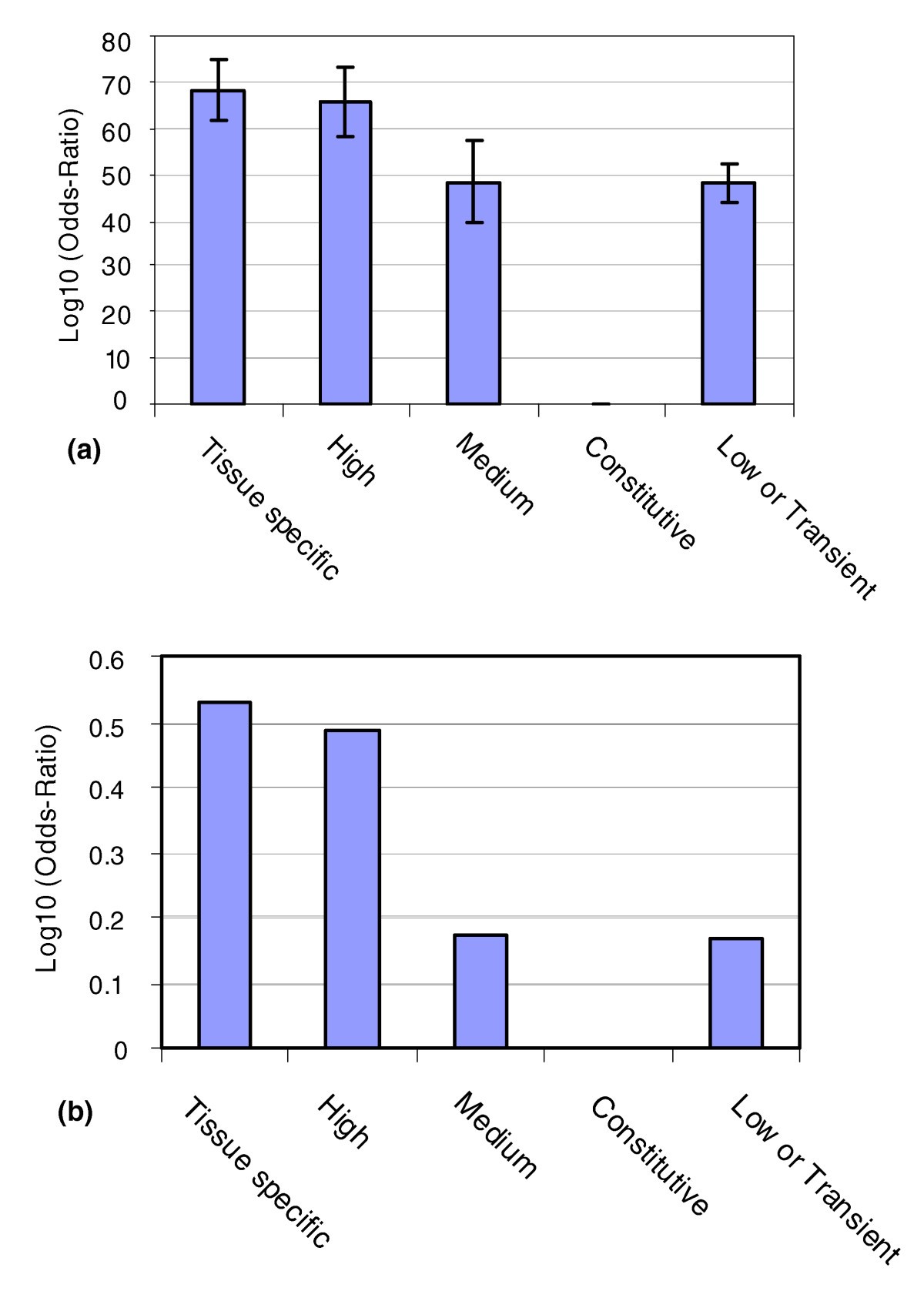



Insights Into The Regulation Of Intrinsically Disordered Proteins In The Human Proteome By Analyzing Sequence And Gene Expression Data Genome Biology Full Text



What Are The Odds Of Conceiving A Boy If You Already Have Two Girls Quora




R Calculate And Interpret Odds Ratio In Logistic Regression Stack Overflow




How To Calculate Odds 11 Steps With Pictures Wikihow




A Beginner S Guide To Interpreting Odds Ratios Confidence Intervals And P Values Students 4 Best Evidence




Logan Paul Vs Floyd Mayweather Odds Betting Odds Shark




What Percentage Of Poker Starting Hands Should I Play




How To Calculate Odds 11 Steps With Pictures Wikihow



0 件のコメント:
コメントを投稿